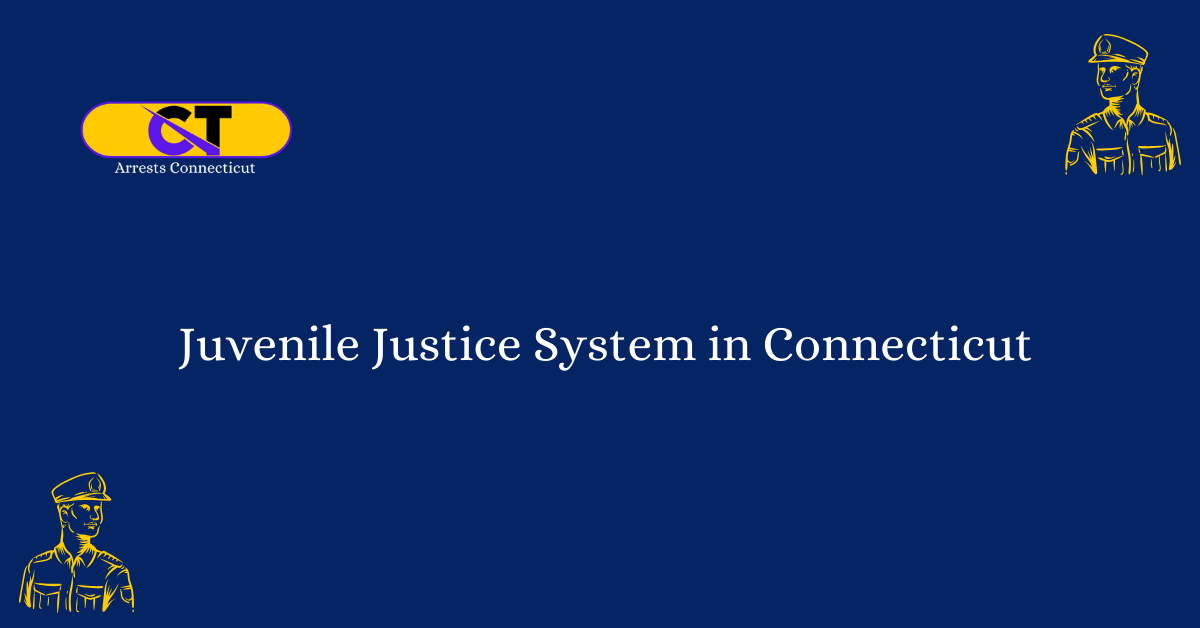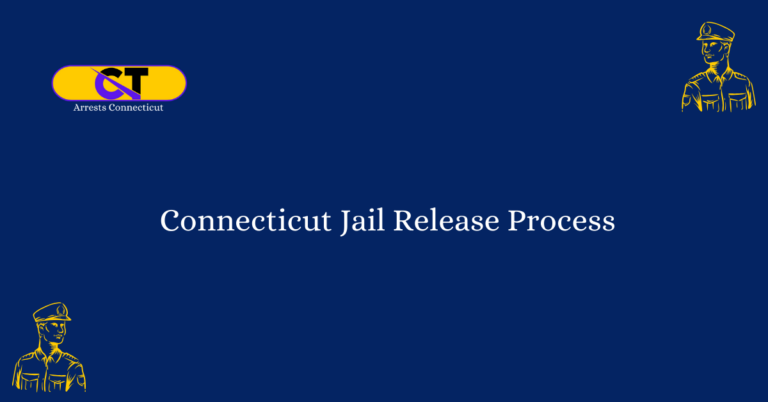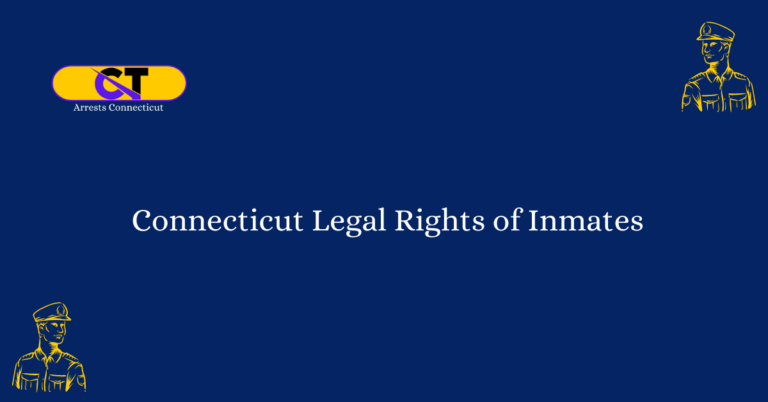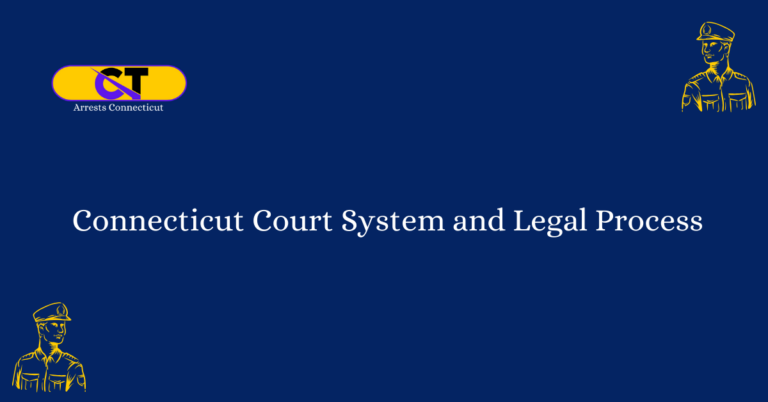Juvenile Justice System in Connecticut
The juvenile justice system in Connecticut is designed to address the unique needs and challenges faced by young individuals who come into conflict with the law. The state’s approach reflects a commitment to rehabilitation and reintegration rather than punishment. This article provides a detailed examination of the Connecticut juvenile justice system, exploring its key components, philosophy, and recent developments.
Historical Perspective
To understand the current juvenile justice system in Connecticut, it is essential to examine its historical evolution. The state has undergone significant reforms over the years, shifting from a punitive model to one that prioritizes the rehabilitation and well-being of juvenile offenders. Key legislative changes have shaped the landscape, emphasizing age-appropriate interventions and individualized approaches.
Legal Framework
Connecticut’s juvenile justice system operates within a comprehensive legal framework that governs the processing of juvenile offenders. The Juvenile Court system plays a pivotal role in adjudicating cases involving minors, and specific statutes outline the rights and responsibilities of both juveniles and the court. This section explores the legal foundations that underpin the juvenile justice system in the state.
Juvenile Court Structure
Connecticut’s Juvenile Court system consists of various components, each serving a distinct purpose. Delinquency cases are heard by specialized juvenile courts, emphasizing a rehabilitative rather than punitive approach. The structure includes family support services, probation officers, and other professionals dedicated to guiding juveniles through the legal process and addressing underlying issues.
Diversion Programs
Connecticut recognizes the importance of diverting juvenile offenders away from the traditional court system whenever possible. Diversion programs aim to provide alternative pathways for rehabilitation, focusing on community-based interventions and support services. This section outlines the diverse range of diversion programs available in Connecticut and their impact on reducing recidivism.
Rehabilitation and Treatment
A cornerstone of Connecticut’s juvenile justice philosophy is the emphasis on rehabilitation and treatment. The state invests in a variety of programs and services aimed at addressing the underlying causes of delinquent behavior. From counseling and educational support to substance abuse treatment, this section explores the array of rehabilitative efforts designed to facilitate positive outcomes for juvenile offenders.
Educational Services
Recognizing the crucial role of education in the rehabilitation process, Connecticut’s juvenile justice system places a strong emphasis on providing educational services to incarcerated youth. This includes educational programs within juvenile facilities, collaboration with local school districts, and efforts to ensure a seamless transition back into the community.
Challenges and Reform Efforts
While Connecticut’s juvenile justice system has made significant strides, it faces ongoing challenges. Issues such as racial disparities, mental health concerns, and the overuse of confinement are areas of ongoing scrutiny. This section examines these challenges and highlights recent reform efforts aimed at addressing systemic issues and improving outcomes for all juvenile offenders.
FAQs
What is the purpose of the Juvenile Justice System in Connecticut?
The Juvenile Justice System in Connecticut aims to rehabilitate and reintegrate young offenders into society by addressing their unique needs and providing them with the necessary support and resources for positive growth.
Who are the key stakeholders in the Juvenile Justice System?
The key stakeholders in the Juvenile Justice System in Connecticut include law enforcement agencies, courts, correctional facilities, social workers, counselors, and community organizations.
What role does law enforcement play in the Juvenile Justice System?
Law enforcement agencies play a crucial role in the Juvenile Justice System by enforcing laws, investigating juvenile offenses, and apprehending young offenders. They also work closely with other stakeholders to ensure the proper handling and processing of juvenile cases.
How does the Juvenile Justice System in Connecticut promote rehabilitation?
The Juvenile Justice System in Connecticut promotes rehabilitation through various programs and services, such as counseling, education, vocational training, and community-based interventions. These initiatives aim to address the underlying causes of delinquency and equip young offenders with the skills and support needed for successful reintegration into society.
What is the focus of restorative justice in the Juvenile Justice System?
Restorative justice is a key focus in the Juvenile Justice System in Connecticut. It emphasizes repairing the harm caused by the offense, involving all affected parties, and promoting accountability, understanding, and healing. Restorative justice practices aim to address the needs of both the victim and the offender and foster a sense of community and empathy.
How does Connecticut’s approach to juvenile justice contribute to reform efforts?
Connecticut’s approach to juvenile justice prioritizes rehabilitation and restorative justice, focusing on addressing the underlying causes of delinquency and providing young offenders with the necessary support and resources for positive change. By emphasizing rehabilitation over punishment, Connecticut’s approach contributes to ongoing reform efforts by promoting a more holistic and effective response to juvenile offending.
Conclusion
Connecticut’s juvenile justice system reflects a commitment to a rehabilitative and individualized approach for young offenders. By examining its historical context, legal framework, court structure, diversion programs, rehabilitation efforts, educational services, and ongoing challenges, this article provides a comprehensive overview of the state’s approach to juvenile justice. As Connecticut continues to evolve its system, a focus on evidence-based practices and a dedication to the well-being of youth remain at the forefront of its efforts.







